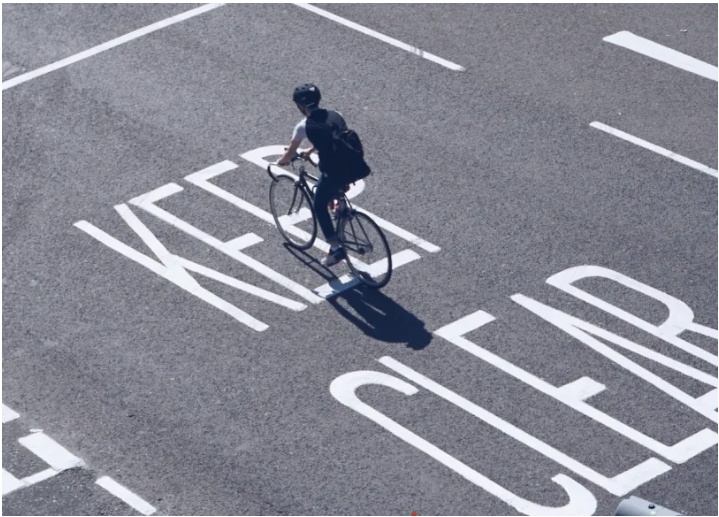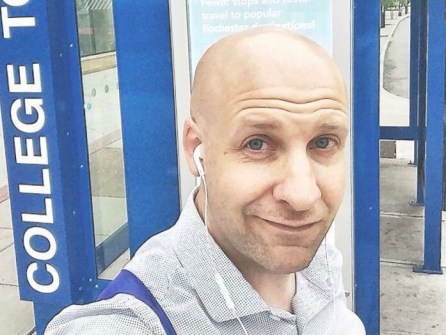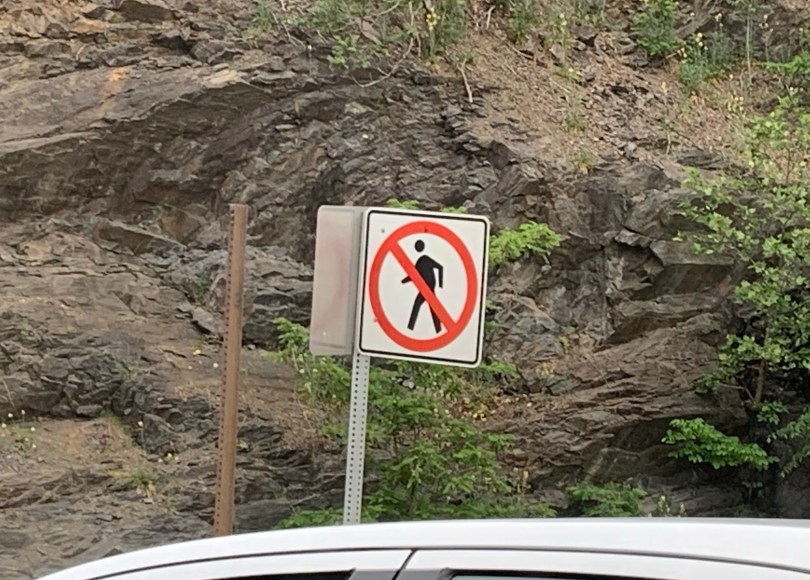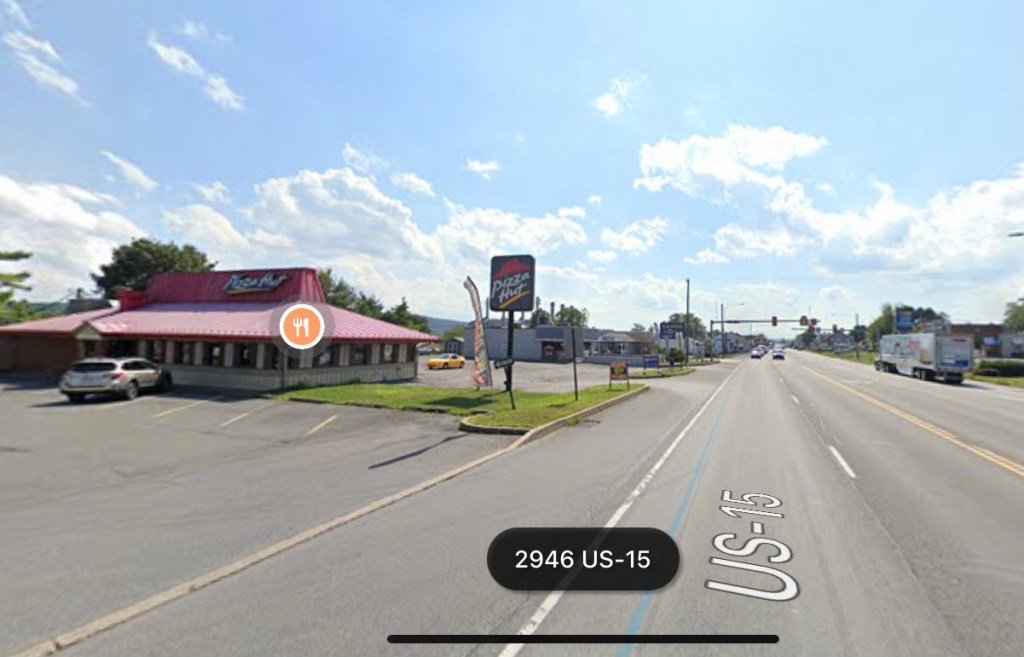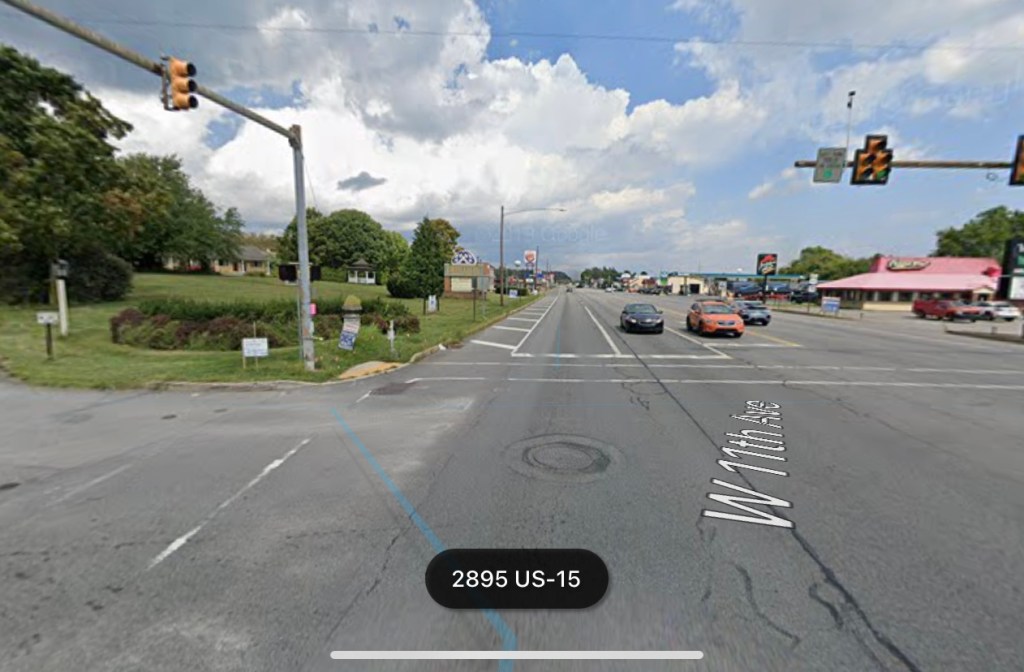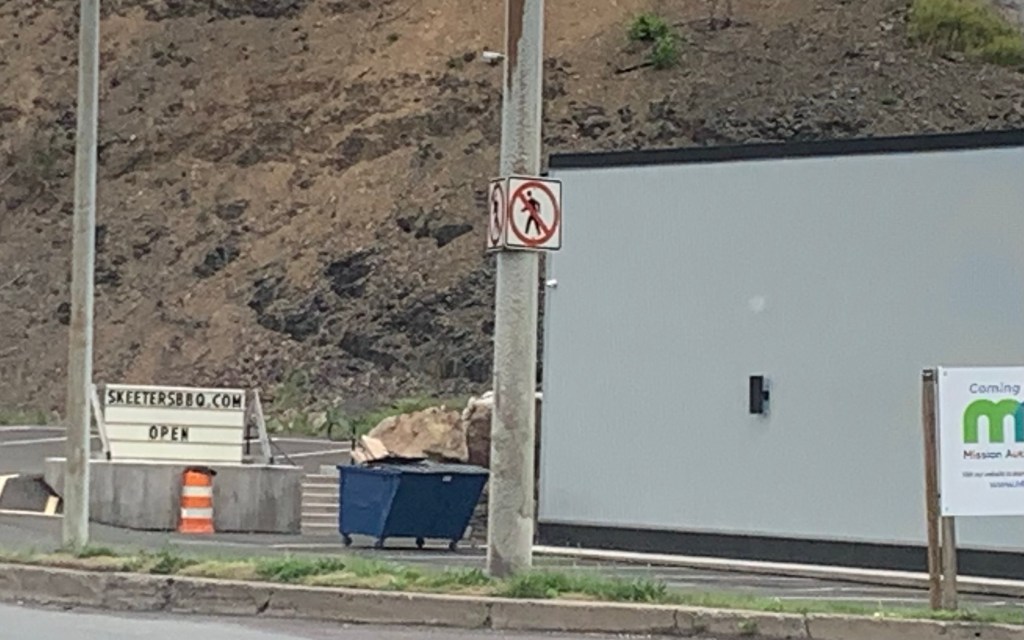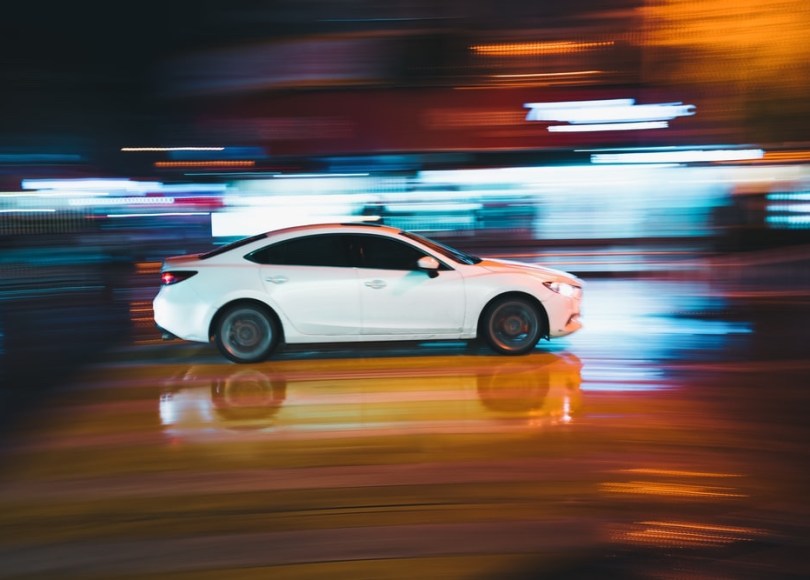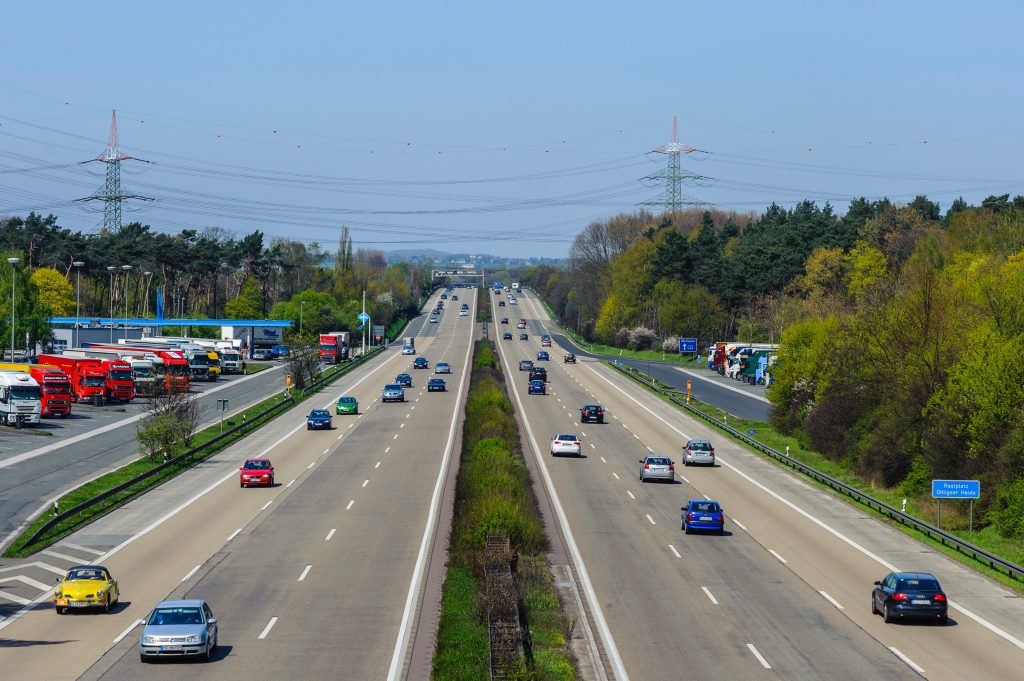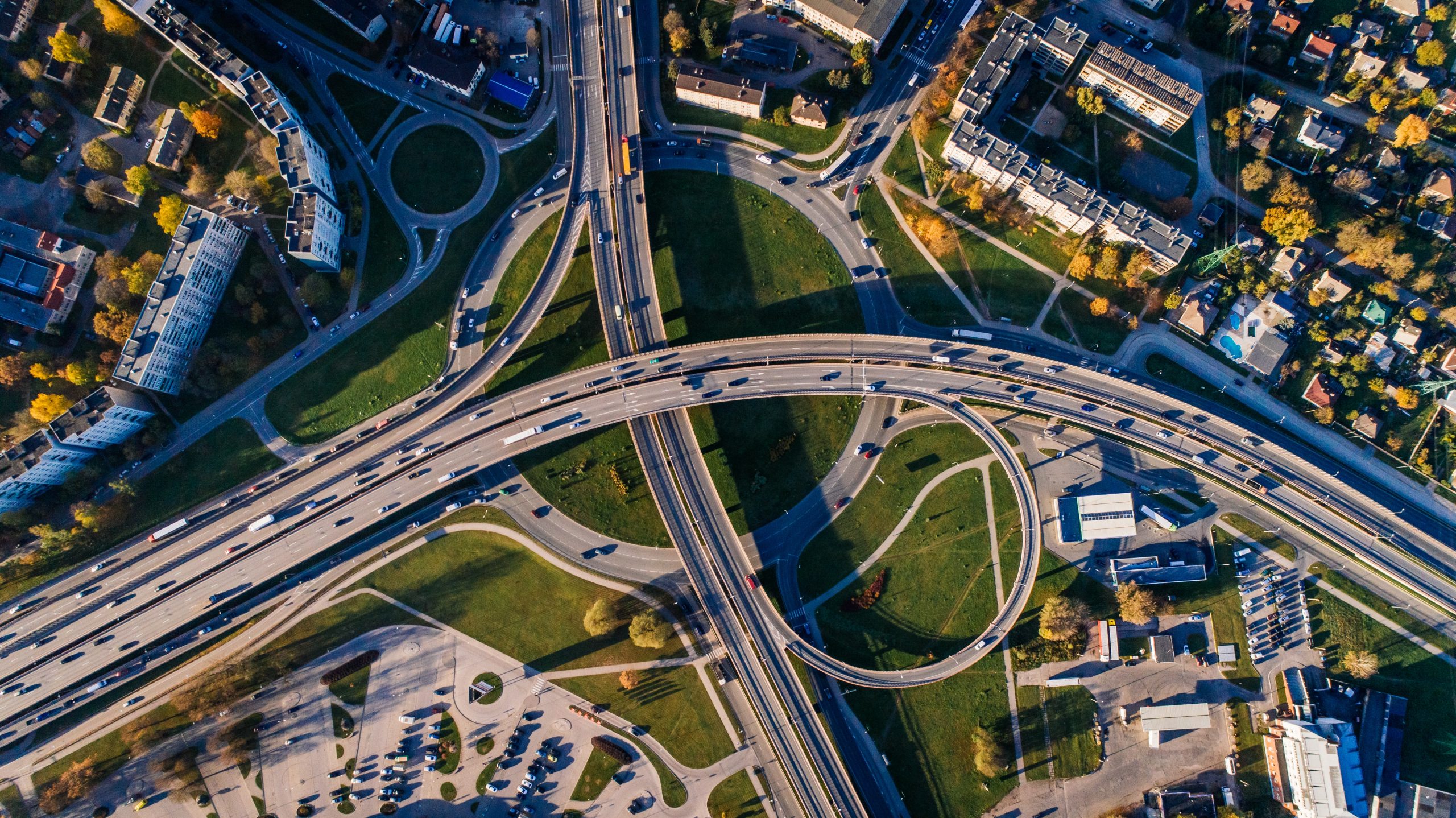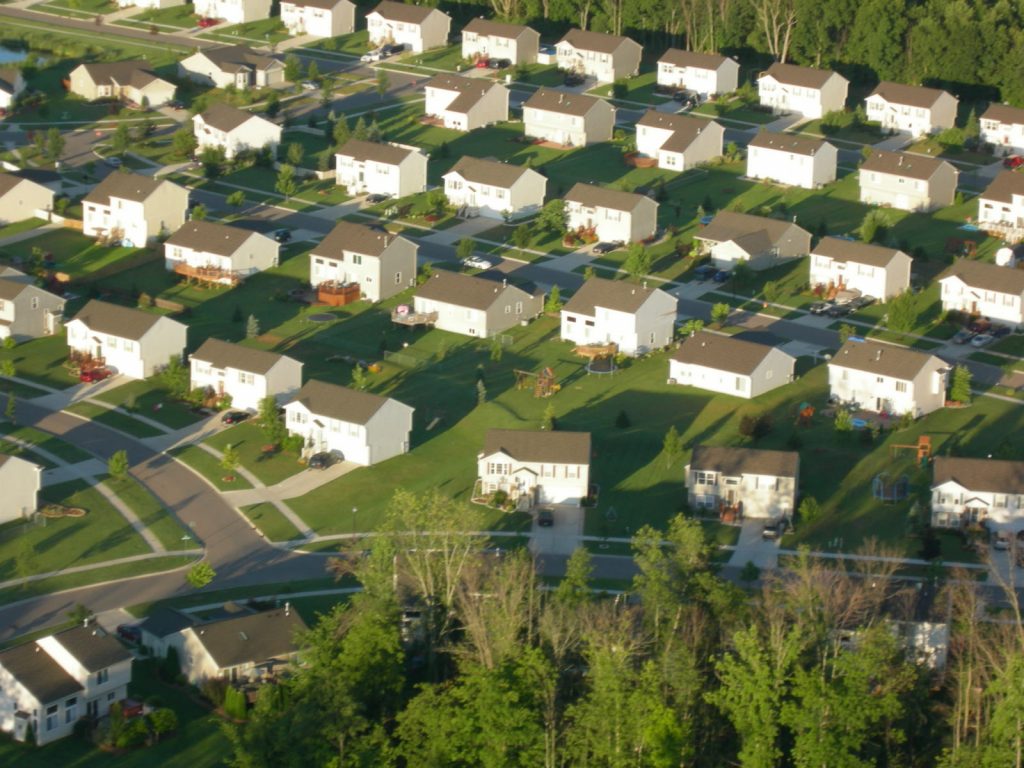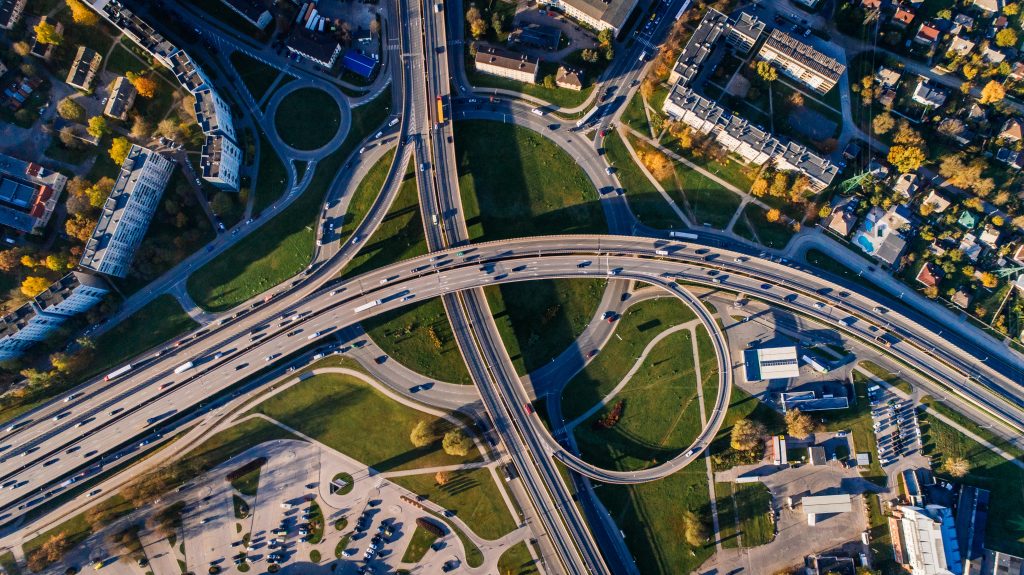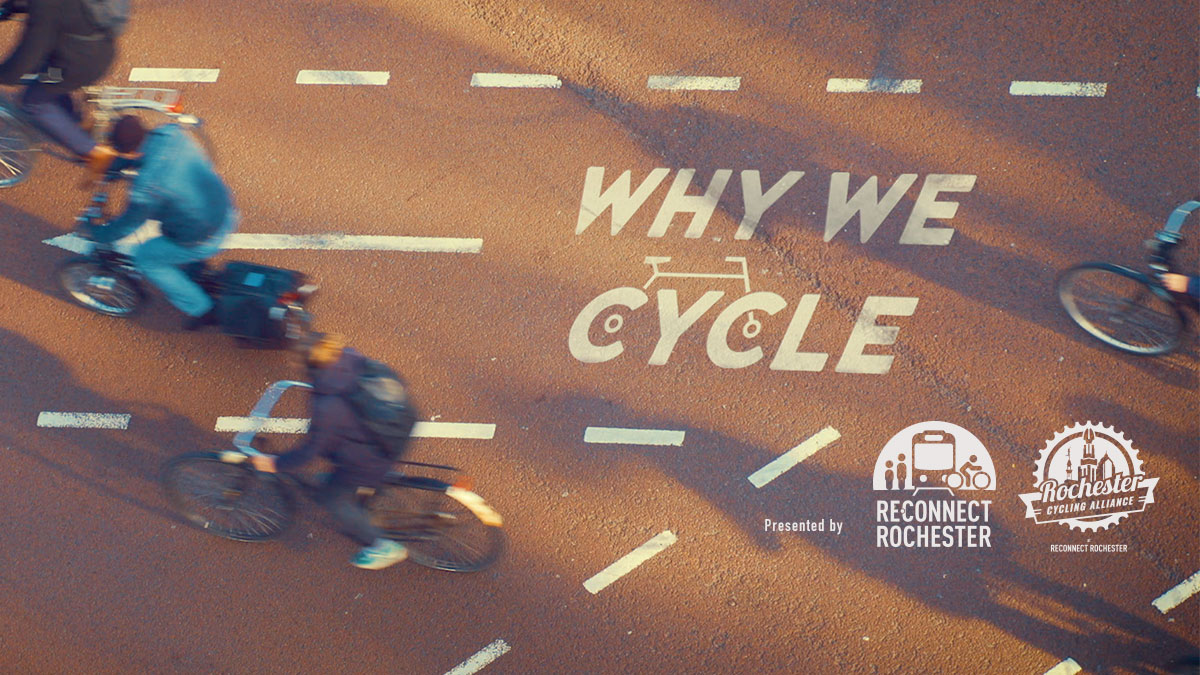Written by Arian Horbovetz and originally published on The Urban Phoenix blog
“I saw this guy on a bike today, weaving in and out of cars waiting for a light to change. I thought, man, that person is ruining it for all bike riders. That kind of thing must drive you crazy right?”
“Not as much as a Ford F-150 doing the same thing,” I replied.
The statement recently made by a friend of mine was classically indicative of people close to me who really try to understand my take on cars, trucks and SUVs, but are still under the spell of the automobile-first mentality that plagues our flawed view about transportation and mobility.
This week alone, I was almost hit by a driver swerving through traffic at high speed with no signaling. I witnessed a driver screaming at a school bus operator on a 1.5 lane bridge, then squeal his tires and drive away at what had to have been 50 in a 30. While my wife and I were traveling to the beautiful Finger Lakes Region this weekend, we were passed by no less than 20 drivers exceeding 80mph. And of course, there was the usual smattering of blatant red light running, stop sign roll-throughs and blatant drive-by disregards for pedestrians waiting at crosswalks.
While everyone laments these activities, they rarely cause us to question the automobile itself. Strategies to create environments and infrastructure that make our roads safer have gained momentum, but they are still in their relative infancy, both with regard to execution and influence. Despite the fact that automobile crashes are the number 2 killer of children and teens in the U.S. (it was #1 for decades until recently when shootings stole this tragic and senseless title) we collectively tend to dismiss bad driving behavior as a sort of toxic bi-product of an essential form of mobility.
But when a bike rider flagrantly disobeys the law or pilots a two-wheeled machine dangerously, that’s when we react with a desire to crack down and put these death-wish seekers in their place. There’s just one key flaw in this argument and one that is so hidden in people’s plain sight that it makes me laugh every time. On my bike, I am only a danger to myself on our roads. Even if I recklessly ride my biggest, fastest bike hard into a Smart Car or a Mini-Cooper, the likely outcome is that I, the bike rider, will end up dead or horribly injured while the driver of the tiny vehicle will walk away unscathed.
Alternatively, if a driver of even the smallest automobile miss-pilots their car, truck or SUV, they do so at great risk to themselves AND other people on our roads. If you’re going to be hit, would you rather be hit by a bike, or by a Chevy Silverado?
Simply put, a reckless bike rider is only a danger to themselves, while a reckless driver, which we all see constantly on our roads, is danger to themselves AND the other drivers, cyclists, scooter riders and pedestrians around them. And yet I’ll put good money on the fact that most drivers see cyclists as a human-less barrier to their endgame.
The response to the above comparison between transportation modes and ability to do harm is typically followed up with a call for cyclists to protect themselves better, citing the fact that law breakers put themselves at greater risk. Which is kind of like saying 100 pound people should be very careful to not step out of line around 250 pound muscular people for their own safety.
Another hilariously “backed into a corner” response is that “people just need to be raised to be better drivers,” implying that what happens on our roads is a product of bad manners, bad parenting, and generally crummy people. But since there will always be people in our society who’s baseline it is to flagrantly do as they please in spite of their surroundings, why not build infrastructure that makes it harder, not easier, to break the law on our roadways?
A 2013 Atlantic article speaks to the concept of freedom that power elicits. In the article, Joe Magee of New York University states that “Power isn’t corrupting, it’s freeing,” going on to say that “Once you get into a position of power, then you can be whoever you are.” When we are given tools of great power, the best or the worst of who we are shines through. Power removes the confines of fear, which is often a good thing, unless we are realistic about the responsibility of driving a 5,000 pound vehicle with hundreds of horsepower. This is probably a case where a small dose of fear is healthy and encouraged.
In a world indoctrinated in one transportation mode, these aren’t easy concepts. When driving has been subsidized, prioritized and normalized as part of every trip, “letting off the gas” of this automobile normalcy goes against the power-based psychology that is present in all humans. Slowly, more and more people are open to understanding the concepts mentioned here and as a result, our communities may slowly grow to become safer and healthier places to be.


